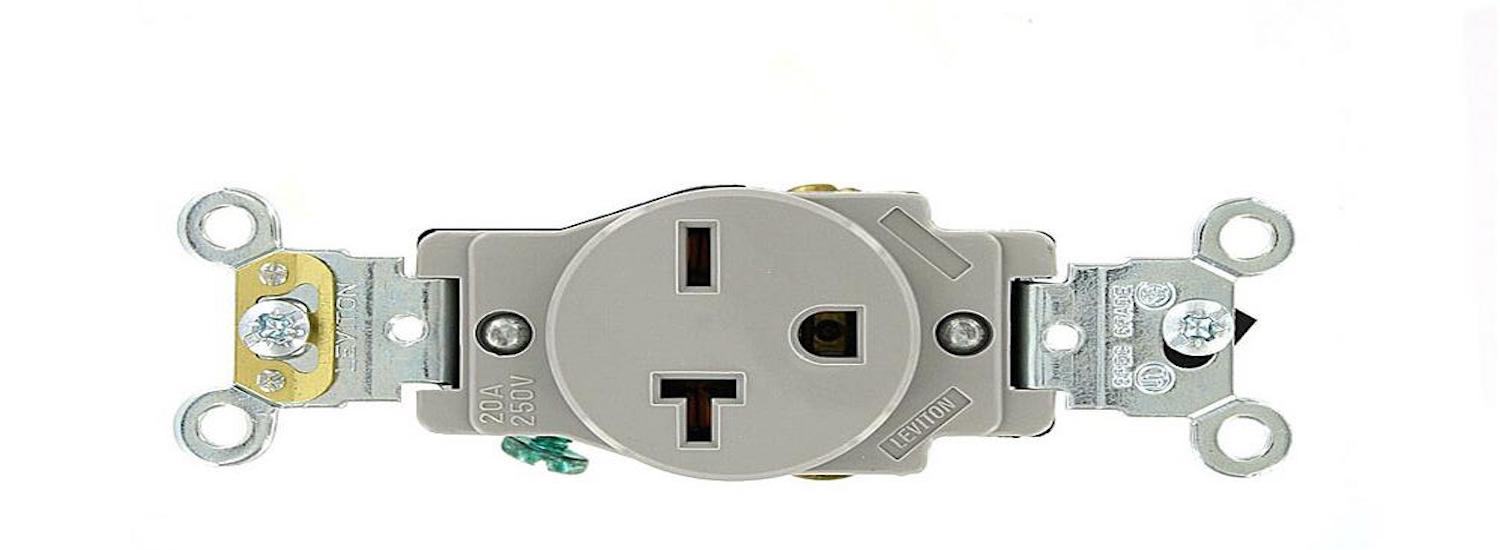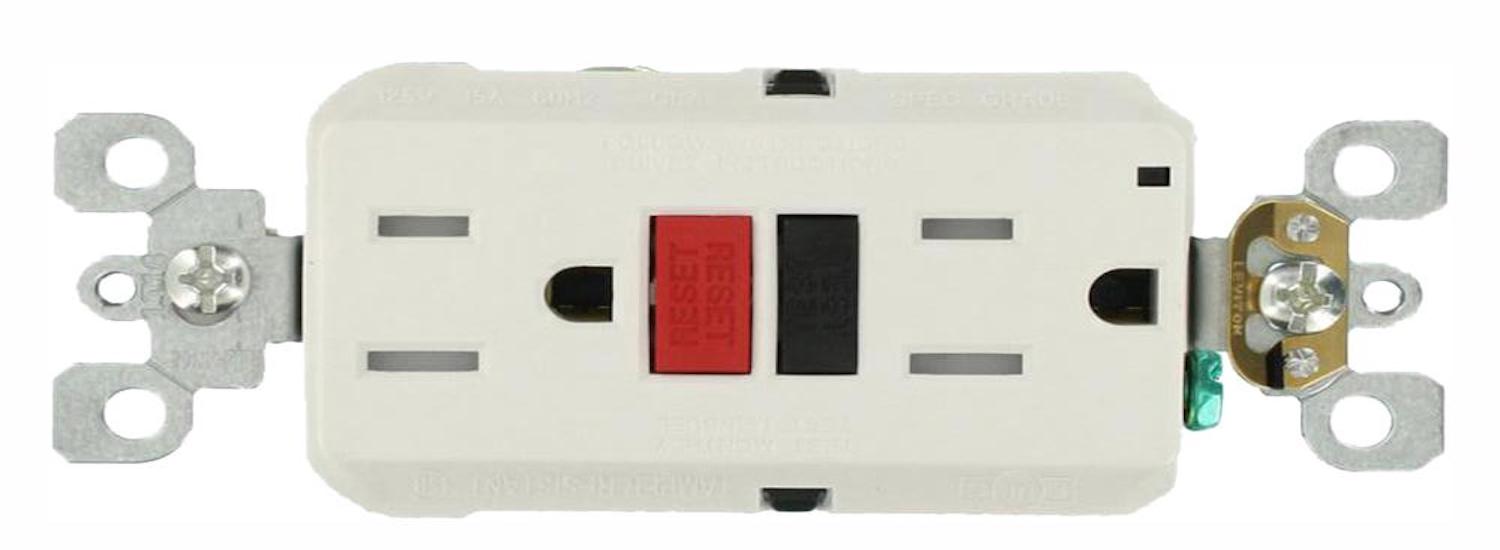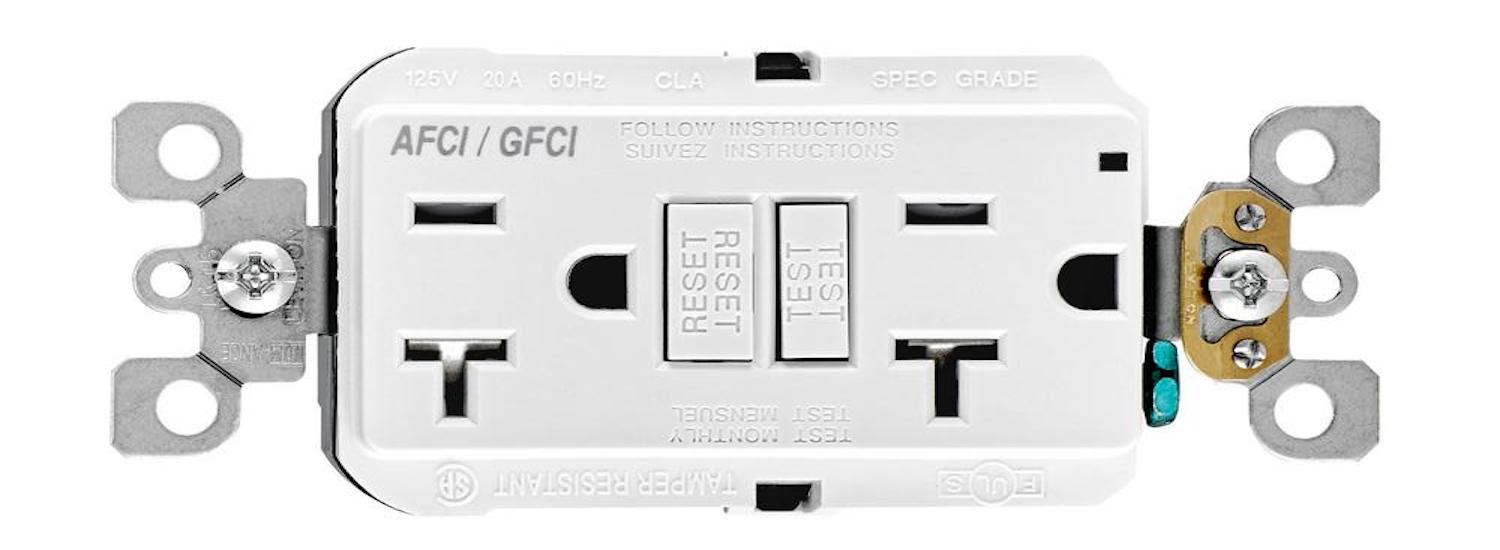7 Electrical Outlet Types & How To Use Them – Penna Electric
If you are thinking about making a few electrical upgrades in your home, it might be a good idea to start by knowing the electrical outlet types you have installed and what alternatives are there. By now, everyone knows all about smart outlets and receptacles with integrated USB ports, but there are many other electrical outlet types out there. Because each outlet has been designed for a specific purpose, when making home improvements, you want to be sure that your house is equipped with the right outlet for each use.
Most types are actually safety devices, designed to protect your house from different dangers, such as electrical fires, electrocutions or child tampering. If you want to find out more about how to ensure the electrical safety of your house, read our article here.
Mục Lục
1. 15-Amp Duplex Receptacle

In the U.S., most homes have a combination of 15-amp and 20-amp, 120-volt circuits. By code, 15 amp circuits are for lighting and 20 amp are for dedicated circuits and general purpose receptacles. These are usually daisy chained together, like in your living room area. Older homes have the light and receptacles tied together which is not ideal. In the U.S., receptacles come with a U-shaped grounding hole and 2 slots.
The standard electrical outlet in America has a neutral (long) slot, a hot (shorter) slot and the U-shape grounding hole. They’re perfect for most small appliances and lamps.
2. 20A Outlets

20A outlets, combined with 20A circuits, are a good choice for devices in need of more power. If used properly for its general purpose, the breaker won’t trip, as these outlets can handle 25% more load compared to others. These breakers will only trip when the circuit is overloaded or there is a dead short. 20A circuits and breakers are usually found in kitchens or laundry rooms, sometimes even garages, where power-hungry appliances are found. If you install a dedicated circuit, then it should be used for its designed purpose, as there are others, general purpose use, which have multiple openings.
If you are wondering how you can determine if a circuit or outlet is rated at 20A, you should look for a small notch added into the prong opening, located on the left side. Outlets and circuits with this small notch are rated at 20A.
3. Switched Outlets

Switched outlets were used in the past to save money on overhead lighting. lamps etc. Today, they are usually only used for special instances, such as Christmas lights installations. This is a receptacle which includes an outlet and an on/off switch. This option comes very much in handy when you have a device plugged in, but you don’t want to keep it on all the time.
Also, this outlet is great when you want to create a switched extension cord. The cord itself will always receive power, but a second outlet, controlled by a switch is added.
4. GFCI & AFCI Outlets

When it comes to electricity, there are two major hazards, electrical fires and electrical shocks. The severity of both these hazards depends on a multitude of factors. For instance, the strength of electrical shocks is influenced by the pathway through the body, the length of time of the exposure to current and the amount of current. Whether or not the skin was wet influences the severity of the electrical shock, as water is a great electricity conductor.
It is very important to take preventive steps and invest in safety devices to reduce the risk of such hazards, such as:
-
inspect the wiring of each equipment before using it;
-
as much as possible, try not to use extension cords;
-
minimize water or other liquid spills near or on any electrical equipment;
-
have fuses or circuit breakers for multi-plug adapters;
-
install GFCI & AFCI outlets in your home.
The GFCI Outlet
This type of outlet protects your home against dangerous ground faults and, according to the 2008 National Electrical Code, these should be installed outdoors, in bathrooms, basements and wet kitchen areas. GFCI outlets also monitor the current level flowing through both the neutral and hot conductors, thus determining if the current is leaking from the circuit. If a leakage takes place and may reach a potentially dangerous level, the outlet will quickly turn the power off. You can read more about how to prevent electrical shocks here.
The AFCI Outlet
This electrical outlet helps prevent electrical fires caused by arc faults. Upon detecting a potentially dangerous fault, it shuts off power. The AFCI is capable of detecting several types of hazardous arc faults, which may occur from damage in branch circuit extensions and wiring to appliances or cord sets.
5. Tamper-Resistant Receptacle
The tamper-resistant receptacle can successfully replace the standard 5-amp and 20-amp outlet. In fact, according to the 2008 National Electrical Code, these receptacles must be used in both new constructions and renovations. One of the major benefits it brings is that it protects children from electrical injury.
These receptacles have a built-in mechanism to prevent small objects from being inserted. The shutters will only open when a properly rated electrical plug is inserted. They offer permanent protection, unlike plastic outlet caps which may fall off or be removed.
6. Specialty Outlets
To function safely and efficiently, some devices, tools or electronics require specific electrical types of outlets.
- The Rotating Outlet
This type of outlet can be installed to reduce the need for power strips and to accommodate more than one plug, necessary for cell phone chargers, night lights, hair dryers and other appliances.
- The Weather-Resistant Receptacle
This type of receptacle is required by the 2008 National Electrical Code and should be installed in damp or wet locations like decks, patios, pools or other residential outdoor areas. These come in two sizes, the 15 and 20-amp and they are built using corrosion-resistant, UV-stabilized thermoplastic. You’ll be able to find weather-resistant receptacles that are also tamper-resistant.
7. USB & Smart Outlets

We’re seeing more and more technology-friendly home improvement ideas like USB electrical outlet types. These are wall receptacles with one or more USB ports, allowing you to recharge your devices directly from the USB cable.
Ideal for both small and large electronics, there are several USB outlet options out there. One of the most popular types is the two standard outlet receptacles and two USB ports for charging cell phones. You can also get one with 4 USB ports. Both versions will charge your devices up to 4amps, so you’ll have a fully charged battery in no time.
Another technology-friendly option is the smart outlet. Unlike other types of wall outlets, these can be controlled using your smartphone. You can switch them on and off from your device, no matter where you might be. Because it uses z-wave communication, it will require a smart home hub in order to function.















![Toni Kroos là ai? [ sự thật về tiểu sử đầy đủ Toni Kroos ]](https://evbn.org/wp-content/uploads/New-Project-6635-1671934592.jpg)


